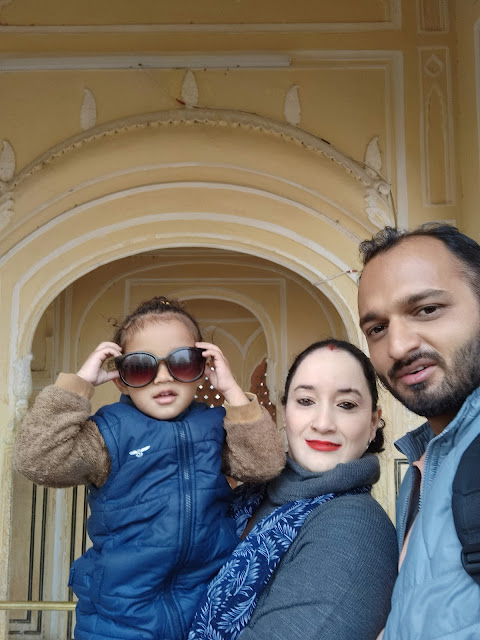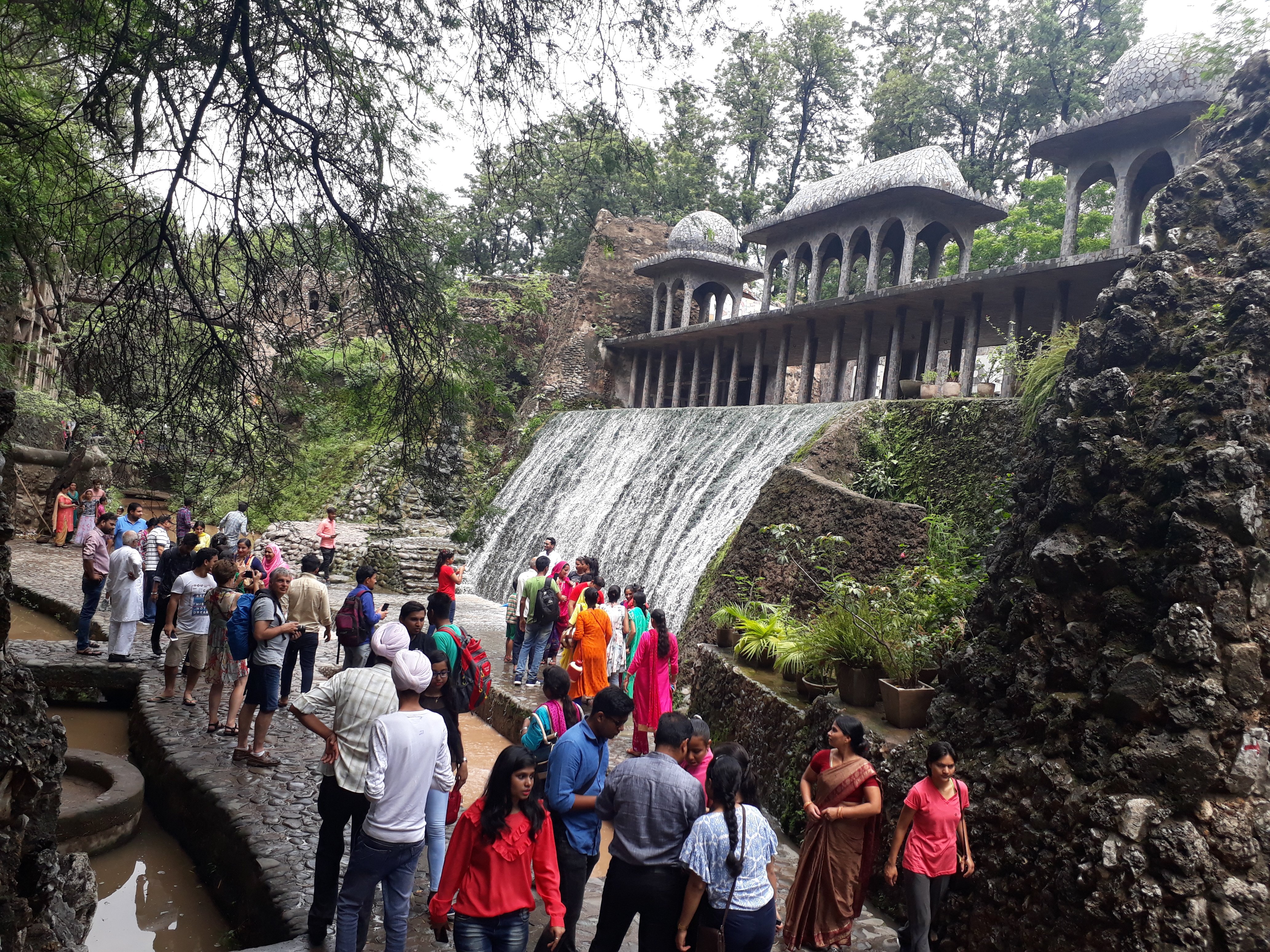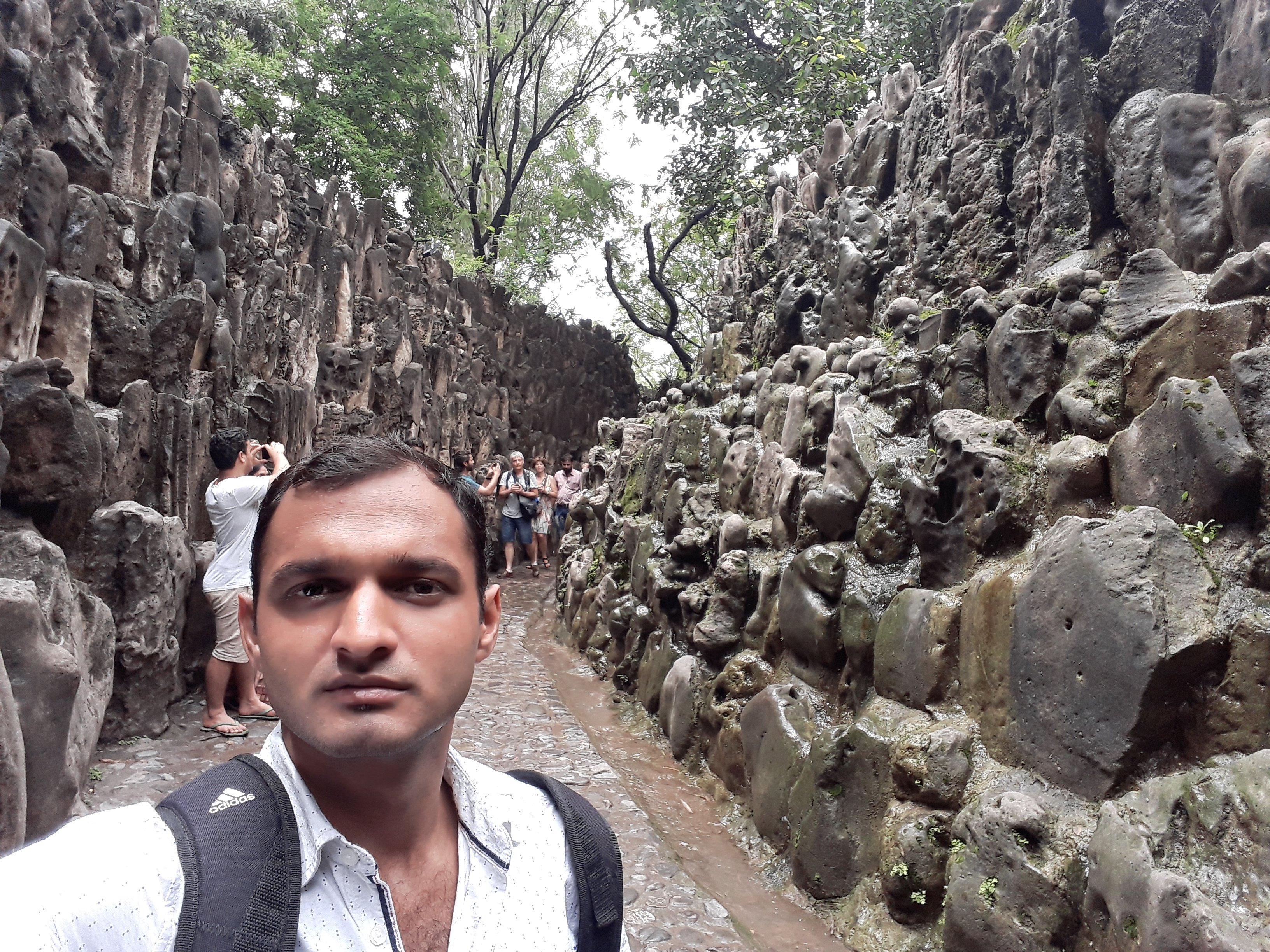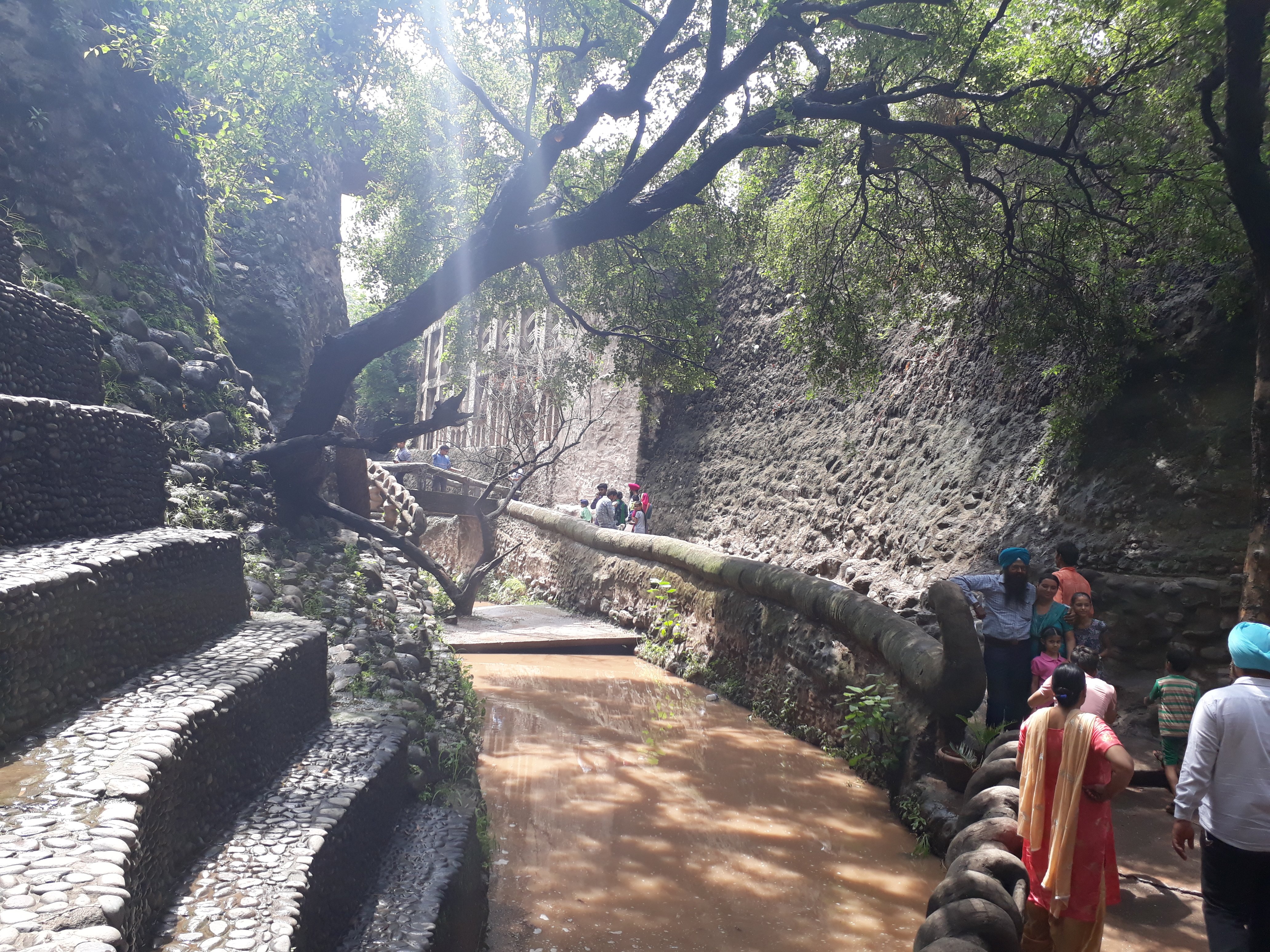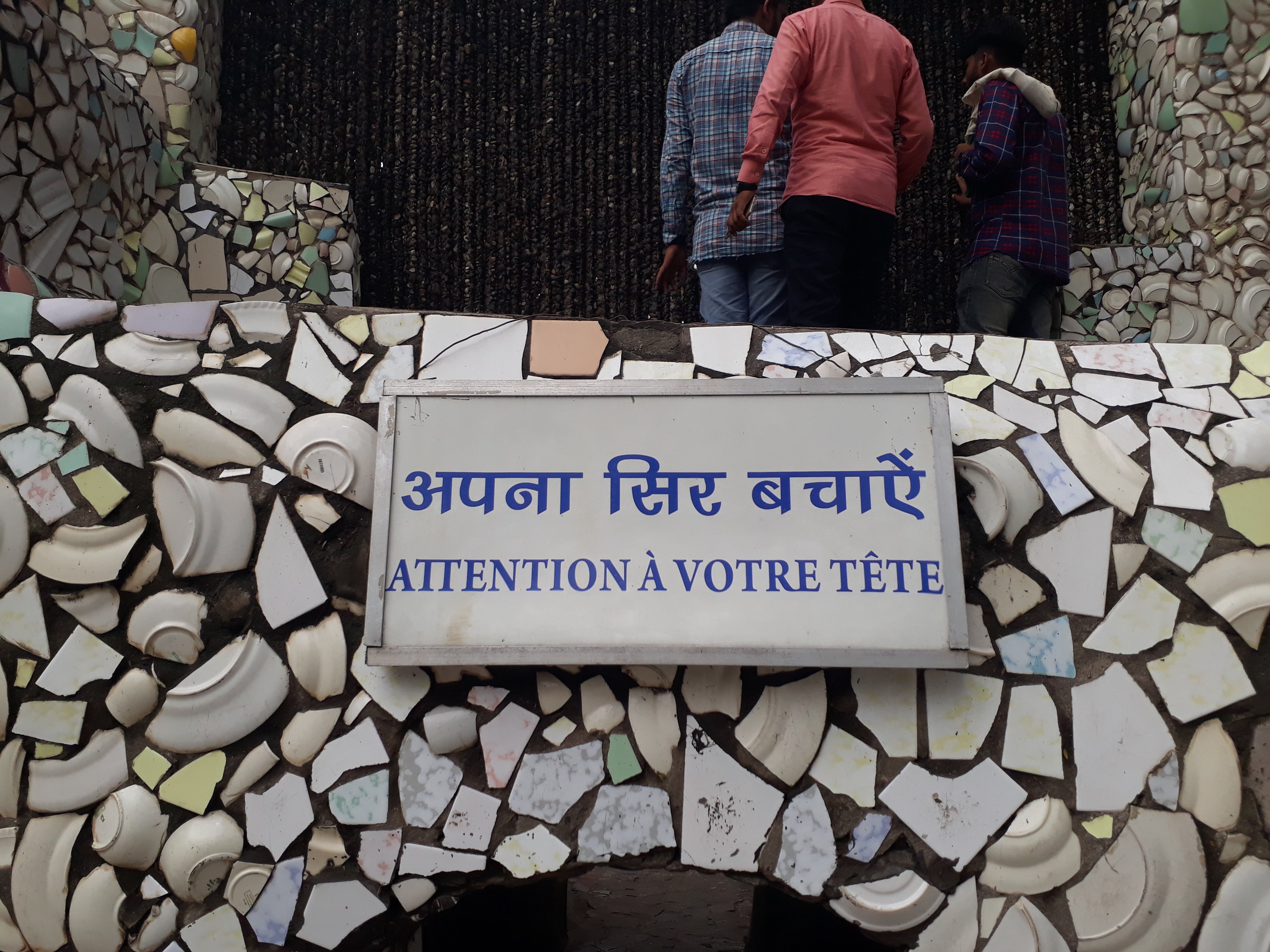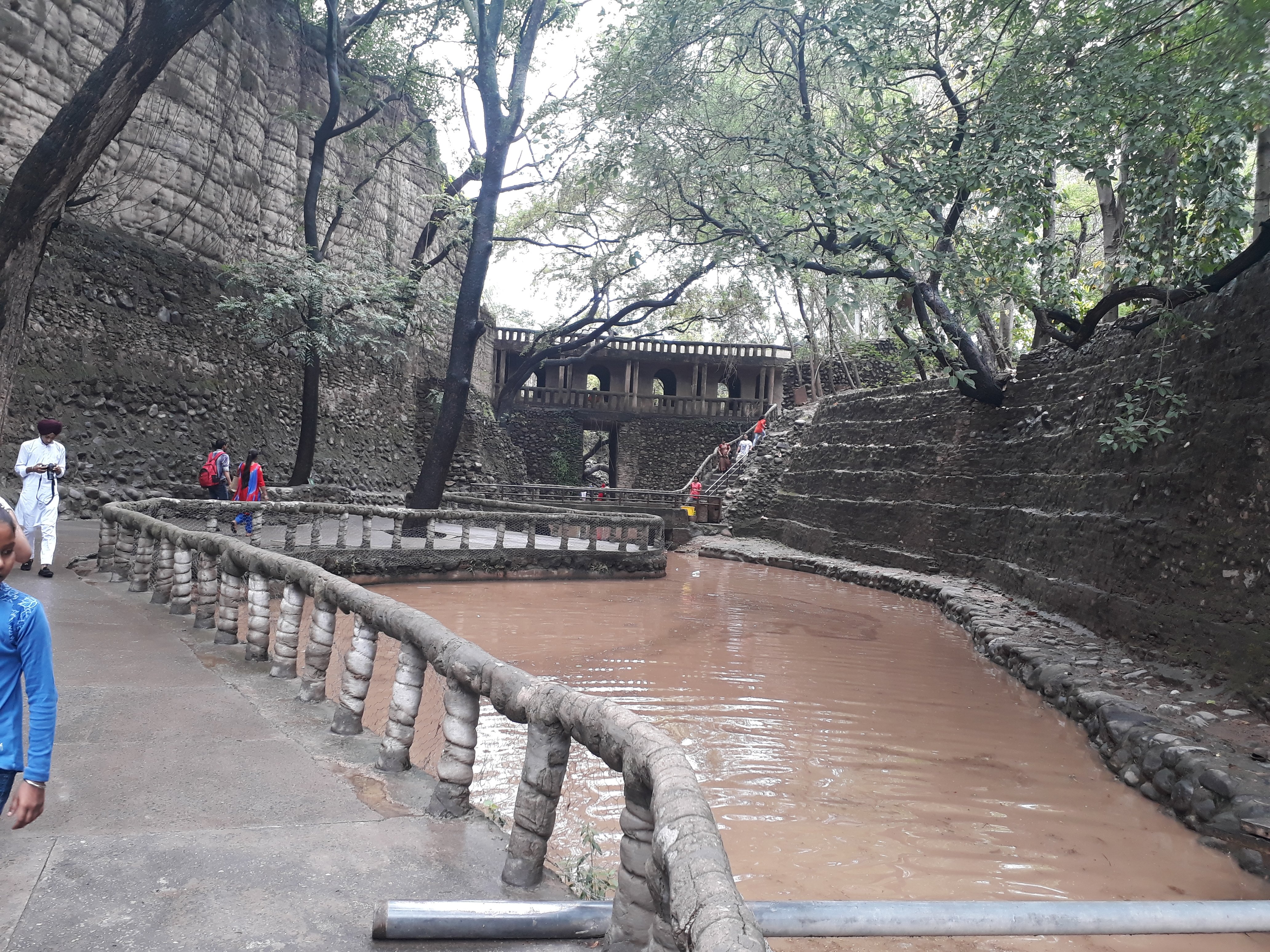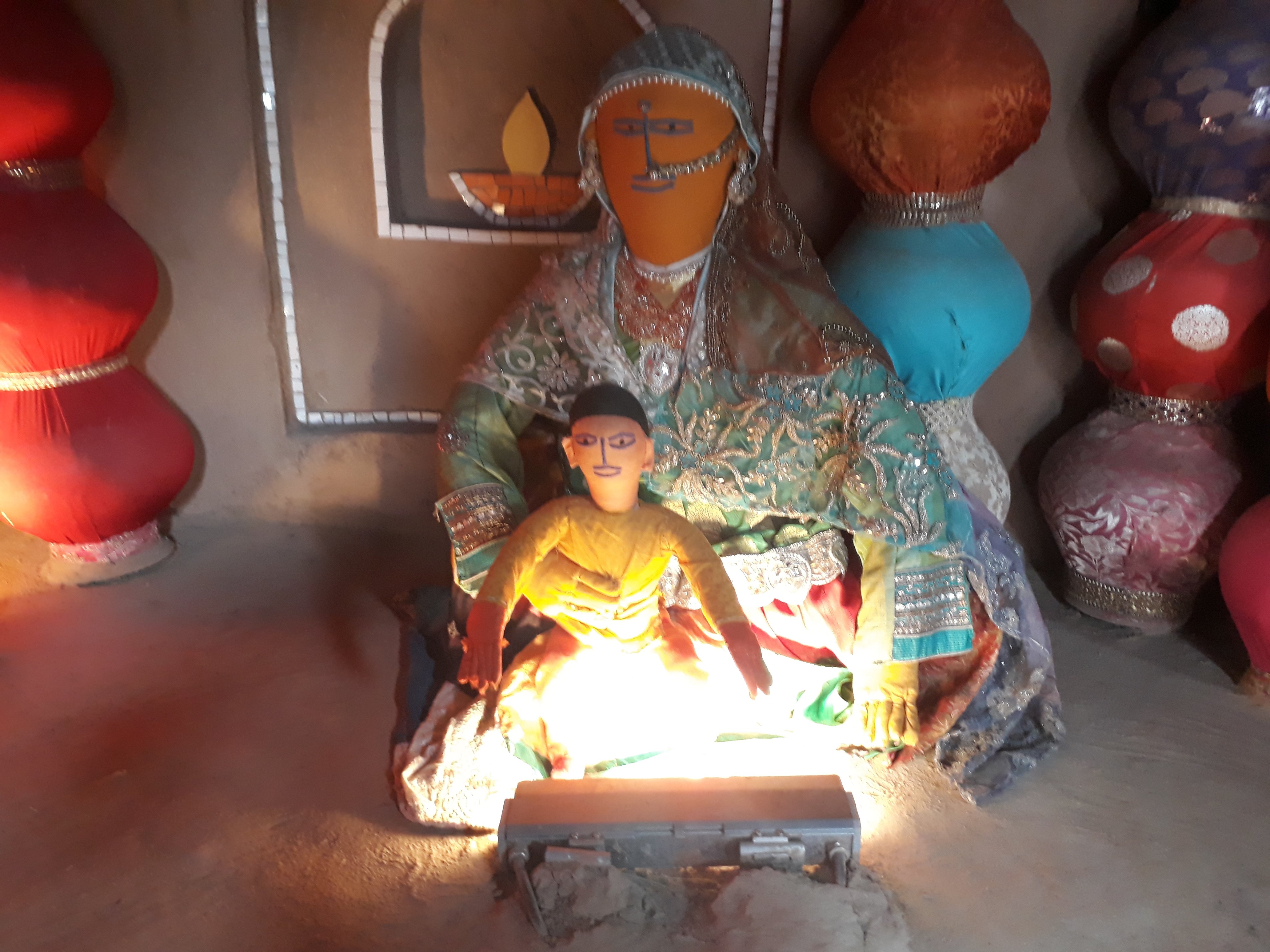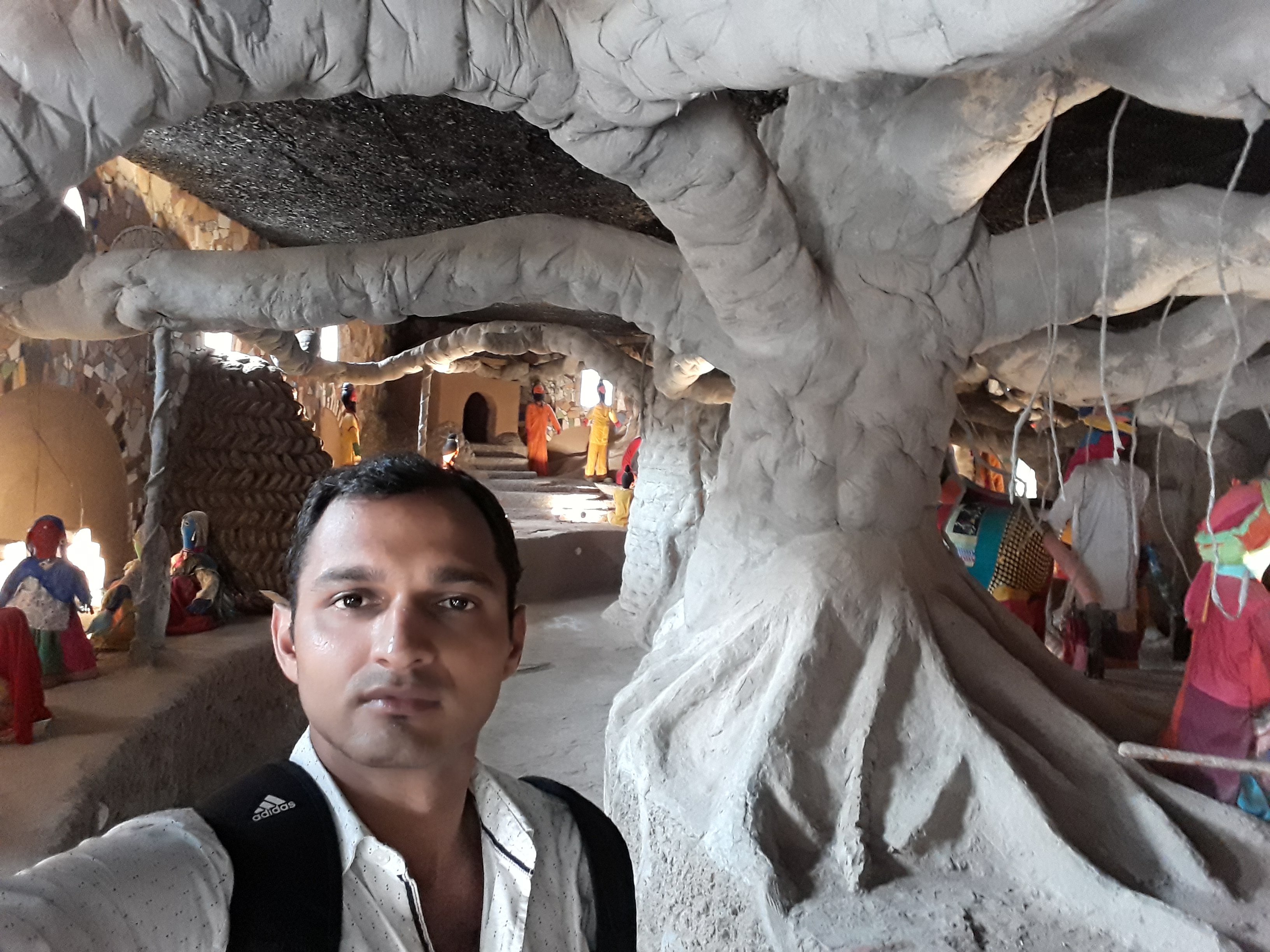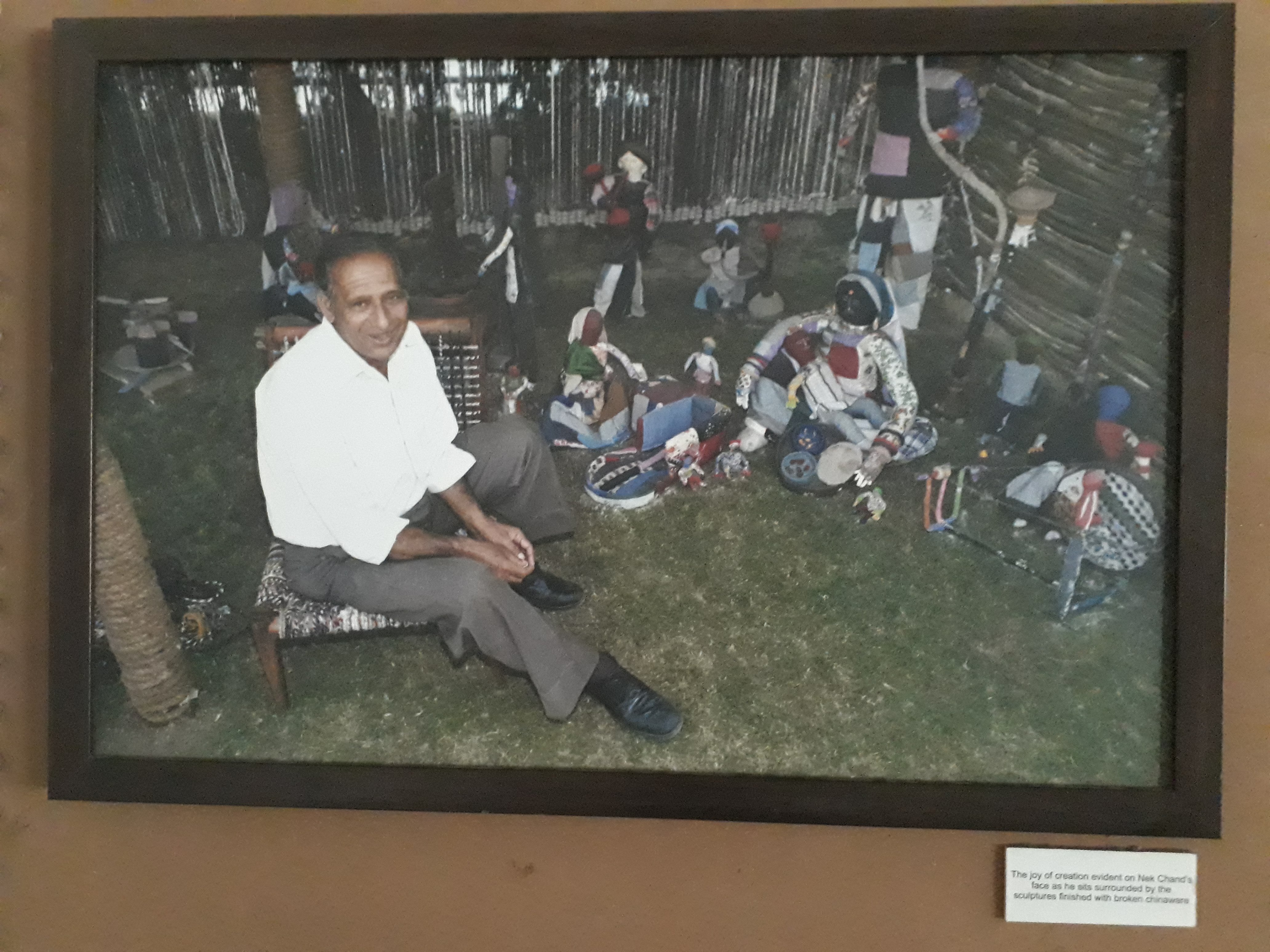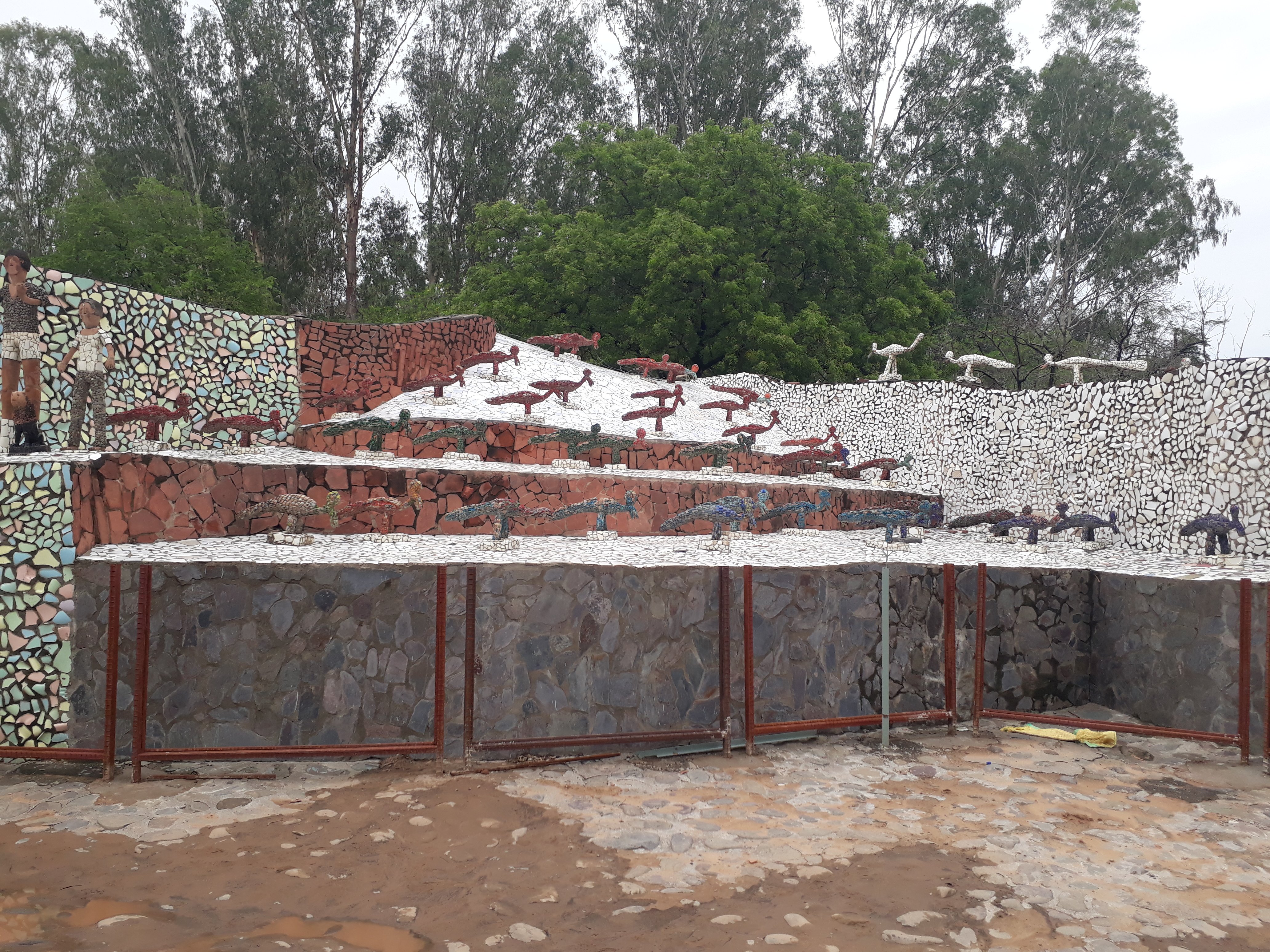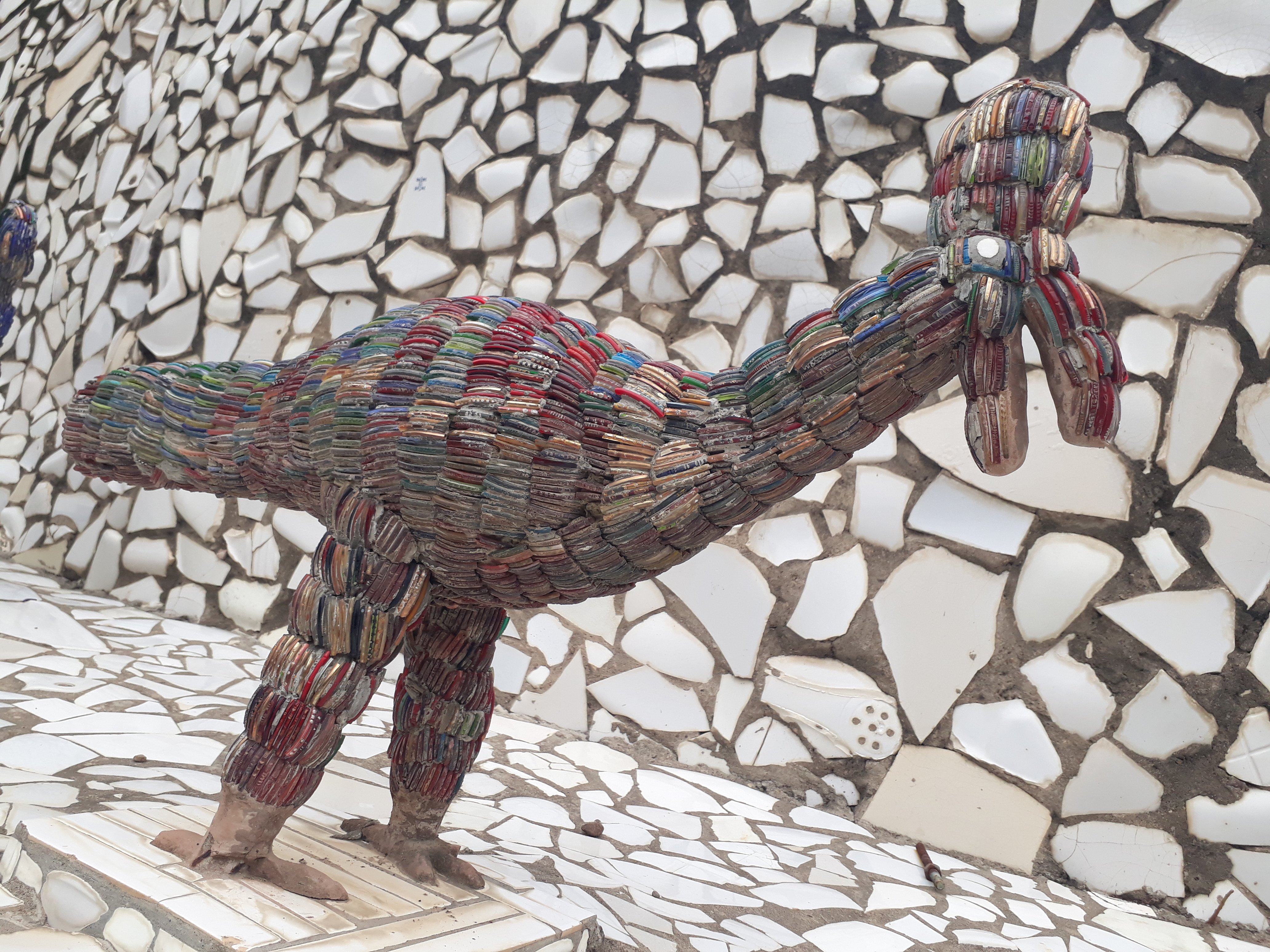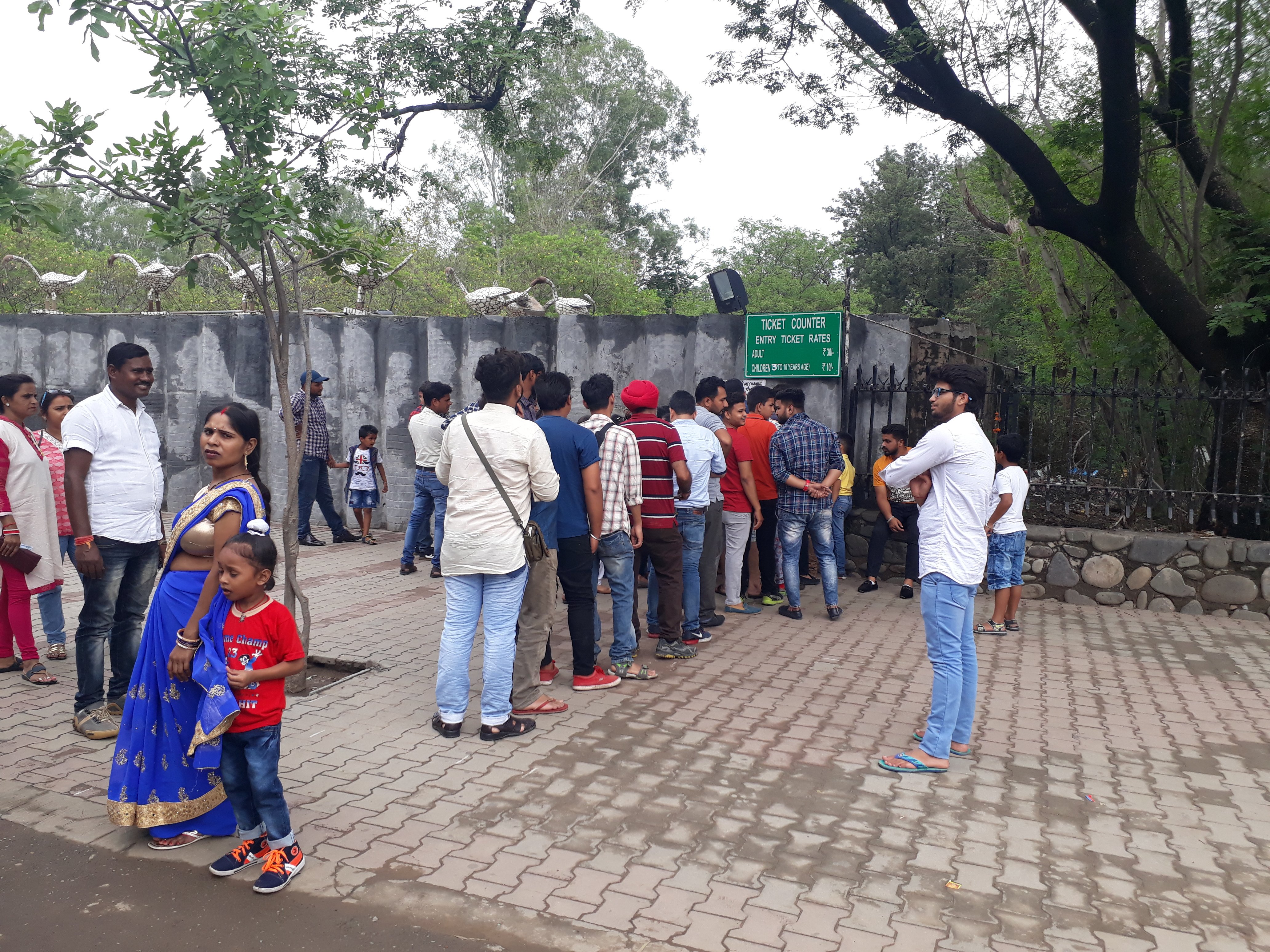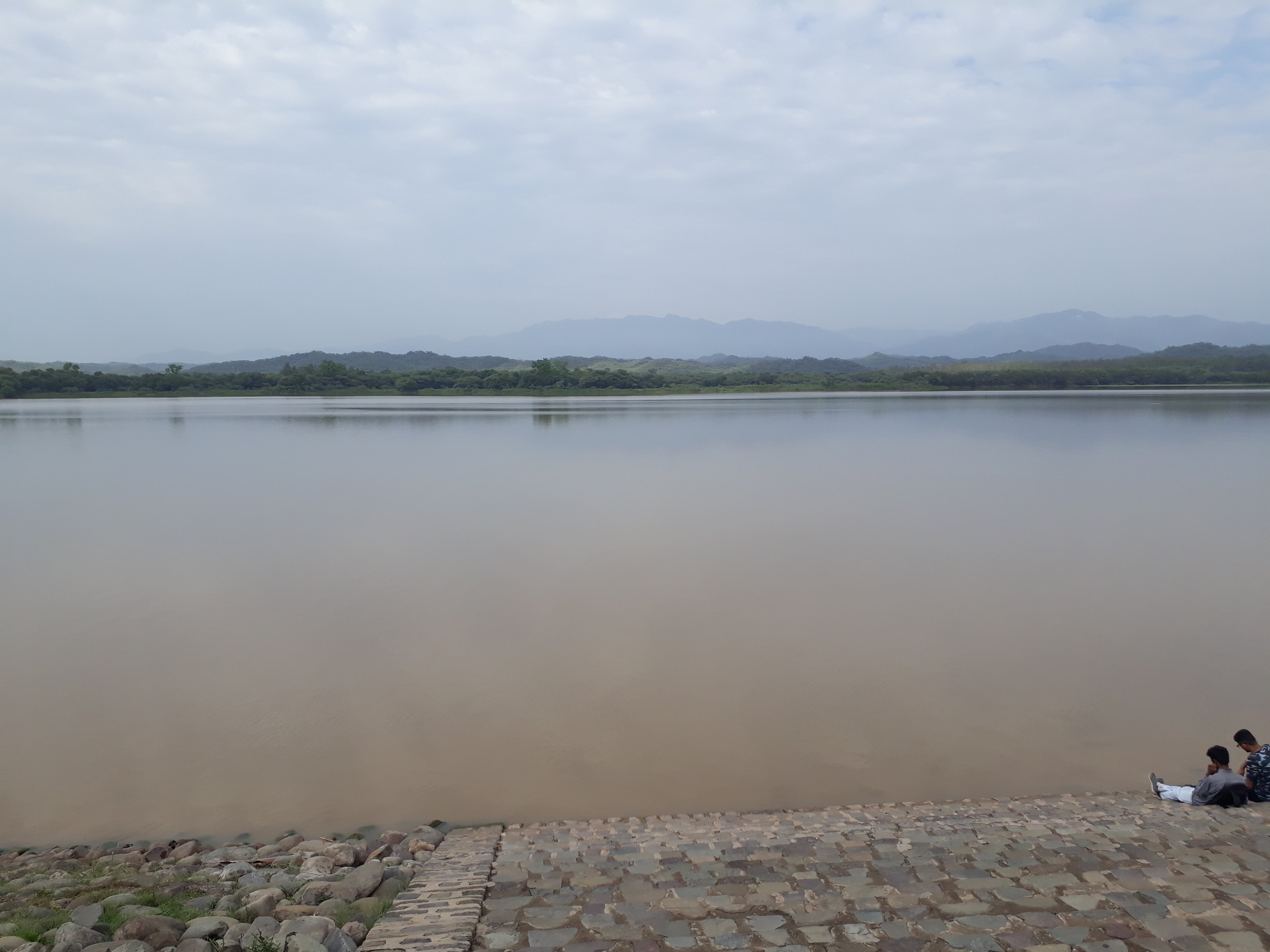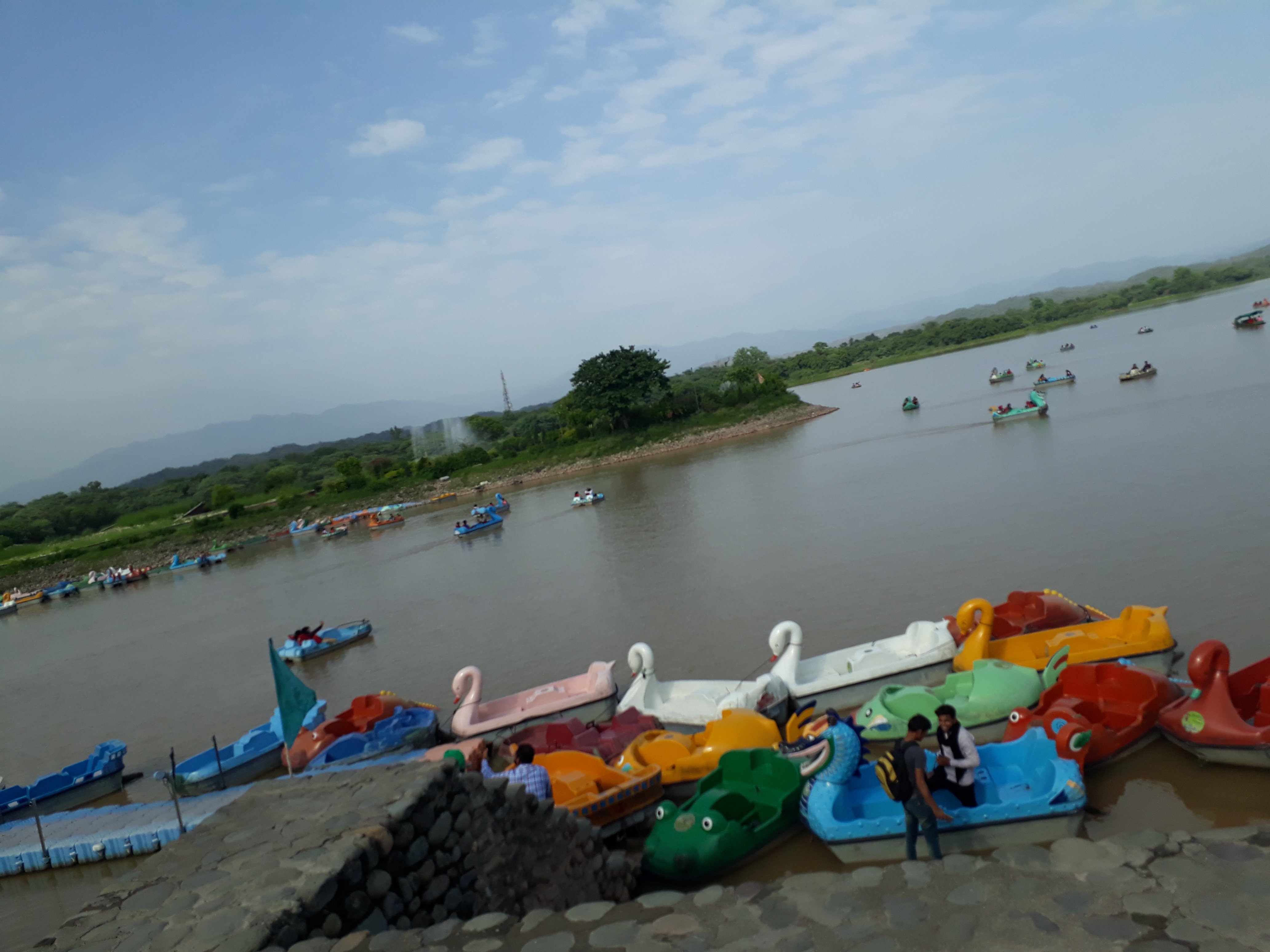Traveling with a toddler transforms every trip into a
fascinating mix of wonder and responsibility. Amidst Jaipur’s rose-hued
facades, ancient forts perched atop the rugged Aravalli hills, and palaces
echoing tales of Rajput valor, our eyes constantly alternated between historic
marvels and tiny feet eager to explore.
Our journey to Jaipur in the final week of 2024 was not
merely a getaway—it was a deep dive into history, chaos, calm, and cultural
richness. Here's a complete chronicle of our two-day visit to the Pink City.
The Road to Jaipur – Planning and Preparations
Jaipur, the capital of Rajasthan and fondly known as the
Pink City, sits around 500 km from Chandigarh. While flights and trains are
available, for us, driving was the only practical option. A private vehicle
offers flexibility and peace of mind—essential when traveling with a small
child.
Our little explorer, Piyush, loves car rides—except, of
course, when he's made to sit down! He prefers standing on the backseat (with
my wife’s constant support) to get uninterrupted views of the road, turning our
car into his personal observation deck.
Packing for the trip included the essentials and
toddler-specific items—most importantly, a pack of MamyPoko pads and ensuring
easy access to fresh milk, a top priority at every new stop.
Timeline of Our Jaipur Adventure
Day 1: 26th December 2024 – The Journey Begins
- Departure:
We started from Panchkula around 8:00 AM on a chilly, misty morning.
- En Route: Passed Ambala around 9:30 AM, the drive offered a mix of highway comfort and stretches demanding caution. The Ambala-Narnaul Expressway had the initial portion from Ambala to Pehowa under construction.
- Arrival:
Reached Hotel Ginger, Jaipur (next to Hilton Hotel) by 6:00 PM after a
long but manageable drive.
 |
| From the window of Hotel Ginger Jaipur, the most prominent sight is Hotel Hilton, which takes up most of the view. |
Dinner at Kanha Restaurant
To wrap up the long day, we headed towards Sardar Patel Marg, and if my memory serves me right, the restaurant was Kanha Restaurant, located on Bhagat Singh Marg. Known for its family-friendly ambience and vegetarian cuisine, Kanha turned out to be a perfect stop to satisfy our hunger after hours on the road.
With full stomachs and tired feet, we returned to our hotel, ready to explore Jaipur's rich heritage the next day.
Day 2: 27th December 2024 – Exploring the Royal Heritage
Amber Fort – Where History Stands Tall
We started early, navigating the Pink City’s charming
streets, passing Jal Mahal along the way. Amber Fort, a UNESCO World Heritage
Site, awaited us—but so did the infamous Jaipur traffic.
Did You Know?
Amber Fort, constructed in the 16th century by Raja Man Singh I, blends Hindu
and Mughal architecture. It served as the primary residence of the Rajput
Maharajas for centuries.
Due to parking issues, we had to leave our car nearly 1 km
downhill, adding an hour to our schedule. But serendipity struck—we met members
of the 1996 Navodians batch, including one, Mr. Pramod, who came all the way from Chandigarh as just as we had.
Meeting the 1996 batch Navodians at Amber Fort, Jaipur, was a delight. Pramod Bhai, third from the left in the group, later became a friend on social media.
Inside the fort, we explored:
- Diwan-e-Aam
(Hall of Public Audience)
- Diwan-e-Khas
& Sheesh Mahal (Hall of Mirrors) – immortalized in the movie Jodhaa
Akbar.
- The
enormous Kadahi (cooking pots)—one original, the other created for
the film.
- The secret tunnel is believed to lead to Nahargarh Fort.
A light drizzle accompanied our descent, adding to the
fort's dramatic aura.
Next to the Diwan-e-Khas (Sheesh Mahal) at Amber Fort, Jaipur, lies a beautiful garden at the center of the courtyard.
bird's-eye view of the two giant Karahis (cooking pots) at Amber Fort — one specially made for the movie Jodhaa Akbar, the other an
original piece of history.
A closer view of the two Karahis, at Amber Fort, Jaipur
 The historical Tulsi pot, a sacred spot where the queens once offered water to the holy basil plant.
The historical Tulsi pot, a sacred spot where the queens once offered water to the holy basil plant.The main Gate of the Amber Fort, Jaipur
Local Rajasthani Cuisine at Zeeman Restaurant
Post fort exploration, hunger guided us to Zeeman
Restaurant, offering a traditional Rajasthani Thali:
 |
| Rajasthani Thali, at Jeeman Restaurant, near to Amber Fort, Jaipur |
- Dal
Baati Churma
- Gatta
Kadhi
- Lehsun
(Garlic) Chutney
- Missi
Roti
- Lassi/Chhach
- Complimentary
Tea
The courteous owner added local flavor with stories about
Rajasthani cuisine.
Sisodia Rani ka Bagh – A Garden of Love
Our next stop, Sisodia Rani ka Bagh, built in 1728 by Maharaja Sawai Jai Singh II for his beloved queen from Udaipur's Sisodia dynasty, symbolized royal romance. Despite the drizzle and inactive fountains, the lush garden impressed us.
Sisodia Rani ka Baag (Sisodia Queen Gardens), Jaipur
Albert Hall Museum – A Colonial-Era Marvel
Established in 1887, the Albert Hall Museum, designed
by Sir Samuel Swinton Jacob, showcases artifacts reflecting Rajasthan's rich
heritage. Although photography was restricted, its Indo-Saracenic architecture
and curated exhibits were worth the visit.
 |
| As we waited for the rain to subside, Piyush drank milk at the Albert Hall Museum, Jaipur |
A glimpse of Albert Hall Museum, Jaipur.
A Rainy Evening and Central Park
With Birla Mandir overcrowded, we opted for Central Park,
home to Jaipur’s tallest flagpole and serene gardens. The rain subsided
momentarily, allowing us to explore the towering sculptures and peaceful
grounds.
The largest flag post of Jaipur, where the National Flag of India, the Tricolor, is hoisted
The impressive monolithic figures sculpted by TAB, displayed at Jaipur's Central Park.
Dinner:
Enjoyed a simple, delicious Masala Dosa from a street vendor—because street food is often the best food!
Day 3: 28th December 2024 – The Pink City’s Heartbeat
Determined to beat traffic, we left the hotel at 8:20 AM and
smoothly reached City Palace Parking, adjacent to Jaleb Chowk,
the historic royal entrance.
An early morning exit from Hotel Ginger, Jaipur.
Govind Dev Ji Mandir – The Royal Deity’s Abode
The entrance path leading to Thakur Govind Dev Ji Mandir, Jaipur
Our first stop was Thakur Govind Dev Ji Mandir, built by Maharaja Sawai Jai Singh II. The temple courtyard, filled with devotional songs, offered a spiritual start to our morning.
Behind the temple lies Jai Niwas Garden, once the king’s private retreat. Though not pristine, it still retains old-world charm.
Monkeys inside the Jai Niwas Garden Jai Niwas Garden is huge. The water channels in the Jai Niwas Garden, Jaipur.
The street leads from Jai Niwas Garden to Jantar Mantar.
Jantar Mantar – Where Science Meets Stone
Constructed in 1734 by Maharaja Sawai Jai Singh II, Jantar
Mantar is one of the world's most accurate historical observatories. The
giant sundials and astronomical instruments still impress with their
precision, a testament to ancient India's scientific genius.
The front view of the most famous - The Sun Dial, at Jantar Mantar, Jaipur.
The Back View of the Sun Dial, at Jantar Mantar, Jaipur.
Hawa Mahal – The Palace of Winds
Built in 1799 by Maharaja Sawai Pratap Singh, the Hawa
Mahal allowed royal women to observe street life without being seen, thanks
to its intricate lattice windows (jharokhas). With over 900 windows, it
remains Jaipur's most iconic structure.
Though our time was limited (and carrying a toddler wasn’t
easy), we explored its beautiful alleys, fountains, and viewpoints before
heading back.
 |
| On our walk from Hawa Mahal to the parking near Jaleb Chowk, we clicked a few photos of the lively streets of the Pink City. |
The Jaipur North Ladies Police Station, captured on December 28, 2024.
The Journey Back and an Unpleasant Incident
By noon, we were back on NH-248, heading home. The drive was
smooth until the outskirts of Ambala, where construction diversions made
driving tricky. Unfortunately, a sudden encounter with two cows near a sharp
turn damaged our car’s side mirror—a reminder of the unpredictability of Indian
roads.
We reached Panchkula around 9:00 PM, tired but enriched by
our cultural immersion in Jaipur.
Final Thoughts – Jaipur’s Lasting Impressions
Jaipur, with its forts, palaces, temples, and bustling
markets, exudes history and heritage. Despite rain, traffic, and the challenges
of traveling with a toddler, the Pink City welcomed us with its timeless charm.
Travel Budget Summary – Jaipur Road Trip (December 2024)
|
Expense Category |
Amount (INR) |
|
Fuel (Chandigarh–Jaipur–Chandigarh) |
6,150 |
|
Hotel Accommodation (2 Nights) |
8,364 |
|
Food & Beverages (Miscellaneous) |
1,781 |
|
Entry Tickets (Combined Package) |
840 |
|
Local Transport (Auto/Others) |
50 (we mostly used our own car) |
|
Total Estimated Cost |
17,185 INR |
Note:
- The
food expenses include street food, restaurant bills, and beverages
throughout the trip.
- Hotel
accommodation is based on a two-night stay at Hotel Ginger, Jaipur.
- Entry
tickets cover major attractions, purchased through a combined online
package for convenience.
- Fuel
cost reflects both the onward and return journeys, including intra-city travel.
- Local
transport was minimal as we used our own vehicle for most city travel.
Planning Tip: Pre-booking entry tickets, traveling early, and exploring lesser-known spots helps beat Jaipur’s notorious traffic and crowds, especially when traveling with little ones.





























